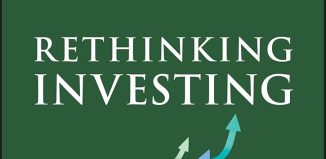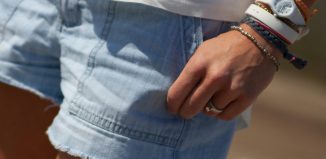A splendid turnout at Emma Clark library
By now, many people have heard of the Setauket Spy Ring and its leader, Benjamin Tallmadge that operated valuably during the Revolutionary War. For that and for putting Setauket “on the map,” so to speak, we can thank AMC’s “Turn,” the cable television program soon to begin Season 2. That these adventure stories have made our village famous I can vouch for personally. Many times, when I have been asked where I am from and have
answered, “Setauket,” I have then had to explain, even to Long Islanders, my hometown’s location as being between our better-known neighbors, Stony Brook and Port Jefferson. Now people will sometimes respond, “Oh, the Setauket spies.” They may still not have a geographic grasp, but at least they are impressed.
“Turn,” however, is just that, a series of adventure stories whose goal is to entertain and only accidentally teach. Unlike the popular series, “Downton Abbey” on PBS, where there is a full-time historian employed to assure accuracy of even the smallest details concerning the table settings, “Turn” makes up the narrative when the historic details aren’t convenient for the plot.
That is not to say that all characterizations and facts are not correct in the TV series. We learned of some that are and some that are not at a panel Sunday afternoon in the Emma Clark library in “famous” Setauket. The event, directed and moderated by reference librarian, Carolyn Emerson, featured five distinguished historians who answered questions from the moderator about the lives of citizens, soldiers and spies at the gathering titled, “Setauket During the Revolution.”
The five were town historian Barbara Russell; Three Village Historical Society’s Beverly Tyler; Suffolk Cooperative Library System’s Mark Rothenberg; Third Regiment, New York historian Bob Winowitch; and Elizabeth Kahn Kaplan, lecturer and curator of the “Spies” exhibit at the historical society. Each panelist spoke for a few minutes, then answered questions from the standing-room-only crowd. For fun and instruction, most of the panel came dressed in clothes reminiscent of the Revolutionary War era.
Tallmadge, founder and head of the network, was a major, active in the Revolutionary battles in the north, even as he organized and oversaw the spy ring they called Culper. Abraham Woodhull was the resident spy, later replaced by Robert Townsend, and Caleb Brewster served as a courier, ferrying messages across the Long Island Sound to Washington in Connecticut. Others were deeply involved, including Austin Roe and Anna Smith Strong. The spy work was stressful and dangerous and involved the use of “invisible ink,” messages written between the lines of legitimate bills of sale whose words could be read only with the application of a special reagent. Much of the intelligence garnered came from mingling with the British in New York City, and so those spies had to have apparent reason to travel back and forth.
One significant accomplishment of the spies was to alert Washington that the British were sailing with a superior force to greet the French, who had entered the war and were due to disembark in Newport, R.I. Washington was then able to plant a fake set of plans for the invasion of New York City where the British would discover it. Intent on keeping control of New York City, which they viewed as key to their success, the British fleet turned around in the Sound to rush back for the anticipated battle. As a result, the French landed without opposition.
Life on Long Island under eight years of British occupation was hard. Residents were routinely subjected to forays by British troops for food and valuables. The population at the time was agrarian, with hard farm labor the order of the day, and the British viewed Long Island as their breadbasket. No one was safe, and as a result many who started the war as Loyalists became Patriots — hence the title “Turn.”
To judge the difference a TV series makes, in 2013 there were up to three visitors a week to the spy exhibit at the historical society, sometimes none; in 2014, there were 30. If you watch the AMC series, as I will on DVD, be sure to check the facts on any number of relevant websites.






